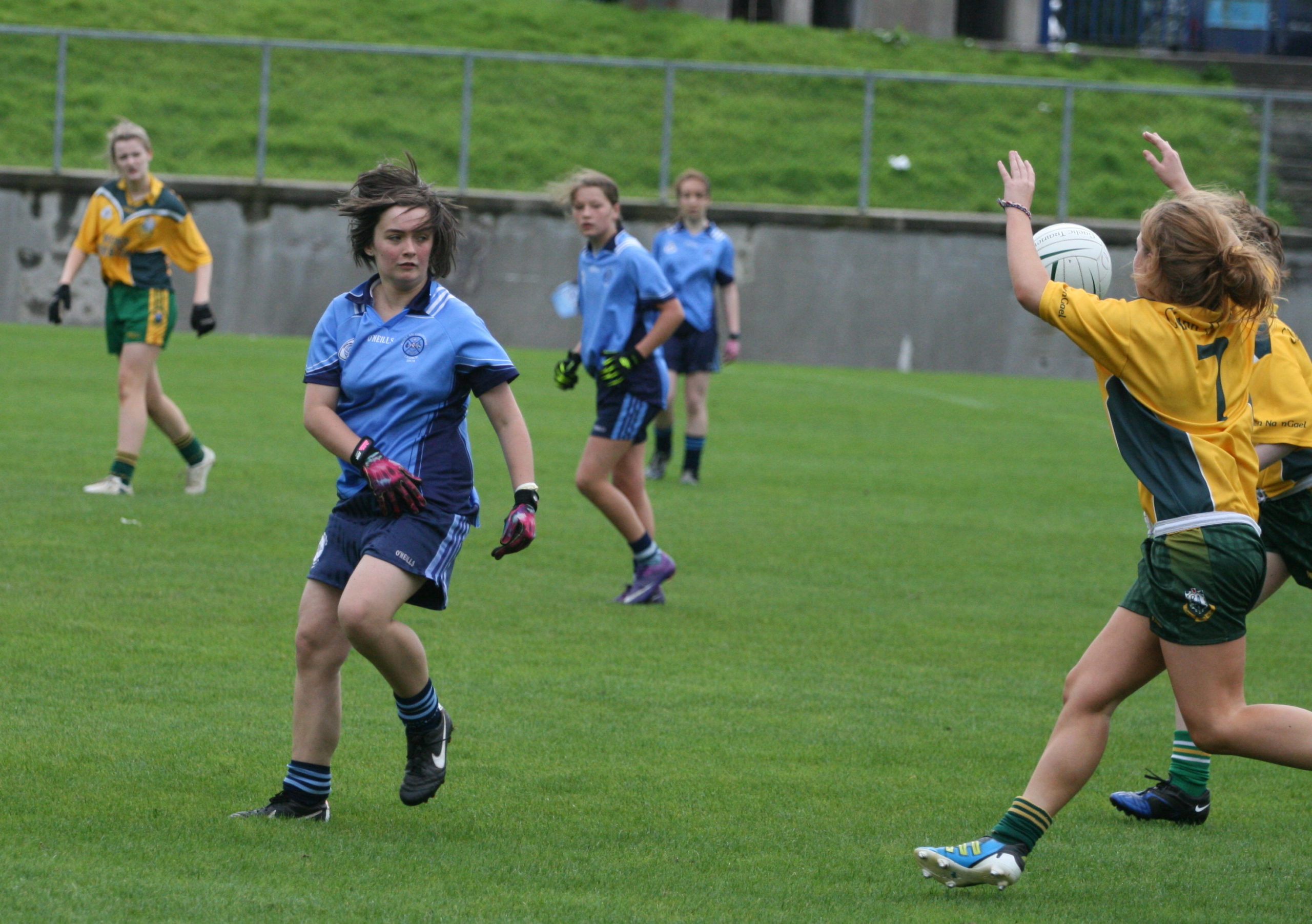


Maximum value for an unsigned long long int Maximum multi byte length of a character across all locales Many DSPs have CHAR_BIT equal to 16 or more.Unicode-supporting implementations will set MB_LEN_MAX to 4 or more.32-bit implementations will set INT_MAX equal to +2,147,483,647 (and likewise for INT_MIN and UINT_MAX).Two's complement implementations have SCHAR_MIN equal to −128 (and similarly for all other _MIN values).Most implementations will have larger magnitudes for at least some of these numbers. In particular, _MIN values represent the minimum magnitude representable in the rarely-used one's complement and sign-magnitude forms. The "minimum-magnitude value" column is the minimum possible magnitude for this constant as specified by the standard. The C99 standard also specifies the header file, which provides names and limits for explicitly-sized platform-independent integer datatypes (e.g. The values are implementation specific, but may not be of lower magnitude than certain specified values in a conforming C implementation. Now you are able to handle bits and bytes like a includes definitions of the characteristics of common variable types. Unsigned long long numberLongLong = testValue // 18446744073709551615 Conclusion This Friday, Saturday and Sunday October 27, 28 & 29 Yes we now are open Sunday’s. Uint64_t number64 = testValue // 18446744073709551615 C & C Indoor Range (formerly The Firing Line) is coming out of the gate with a bang Committed to becoming the areas premier Indoor Shooting Range serving the Upstate of South Carolina. Unsigned int numberInt = testValue // 4294967295 Unsigned short numberShort = testValue // 65535 Unsigned char numberChar = testValue // 255 So the second is 1, the third is 2, and so on. OK, but why the maximum value of a byte is 255 and not 256? So every type is set at the maximum value because they are a multiple of each maximum. Indeed, with an unsigned short, we will be able to use this type up a value of 65535 in decimalīut in our example, we're going to use a huge value: 18,446,744,073,709,551,615.Īnd what we'll have will be the max value of each type!īecause this huge value is the maximum value of an unsigned long long. Wow, this is still confuse? Let's continue! If we wanted to have a such value, we would have to use another type, for example an unsigned short or an uint16_t equal to 2 bytes or 16 bits. So we won't be able to have a value of 256 in a char (or a byte). until 255 (Max value of a char or 1 byte) So if we put a value of 256, our result would be 0.įor example if we added +1 for each number below, we'd have: /rebates/&252fu16-range-c. var uint16 voltage 6000 Arithmetic operations You can combine an unsigned integer operand with other operands to arithmetic expressions. Why? Because 255 is the maximum value of an unsigned char or an uint8_t. More generic version for other ranges (notice that second argument is count, not end): if (Enumerable.
#U16 RANGE C CODE#
In the code part we will see that the number8 variable has a result of 255. LINQ solution is strictly for style points - since Contains iterates over all items its complexity is O (rangesize) and not O (1) normally expected from a range check.

It's not so easy to understand all these things, but keep trying, it will be clearer after the end of this tutorial. You can rate examples to help us improve the quality of examples. Youll have U8, u8, uint8, BYTE, UINT8 and unt8t all in the same file. These are the top rated real world C++ (Cpp) examples of HTONU16 extracted from open source projects. Notice that 0xFFFFFFFFFFFFFFFF is the same as 18, 446, 744, 073, 709, 551,615 and this is the maximum value possible for an unsigned long long, depending on your processor architecture (as gineera said in its comment). And I am wondering why is there need to use u8 or u16 or u32 or u64 and not unsigned int. We're going to use a variable called testValue equal to 0xFFFFFFFFFFFFFFFF. The new member will also have matching accessibility with Slice. For such types, the language will bind as if there is an indexer member of the form T this Range range where T is the return type of the Slice method including any ref style annotations. It turns out that they are equal respectively to: unsigned char, unsigned short, unsigned int and unsigned long long. The Range must be the only parameter or the remaining parameters must be optional. You are likely wondering what are uint8_t, uint16_t, uint32_t and uint64_t.


 0 kommentar(er)
0 kommentar(er)
